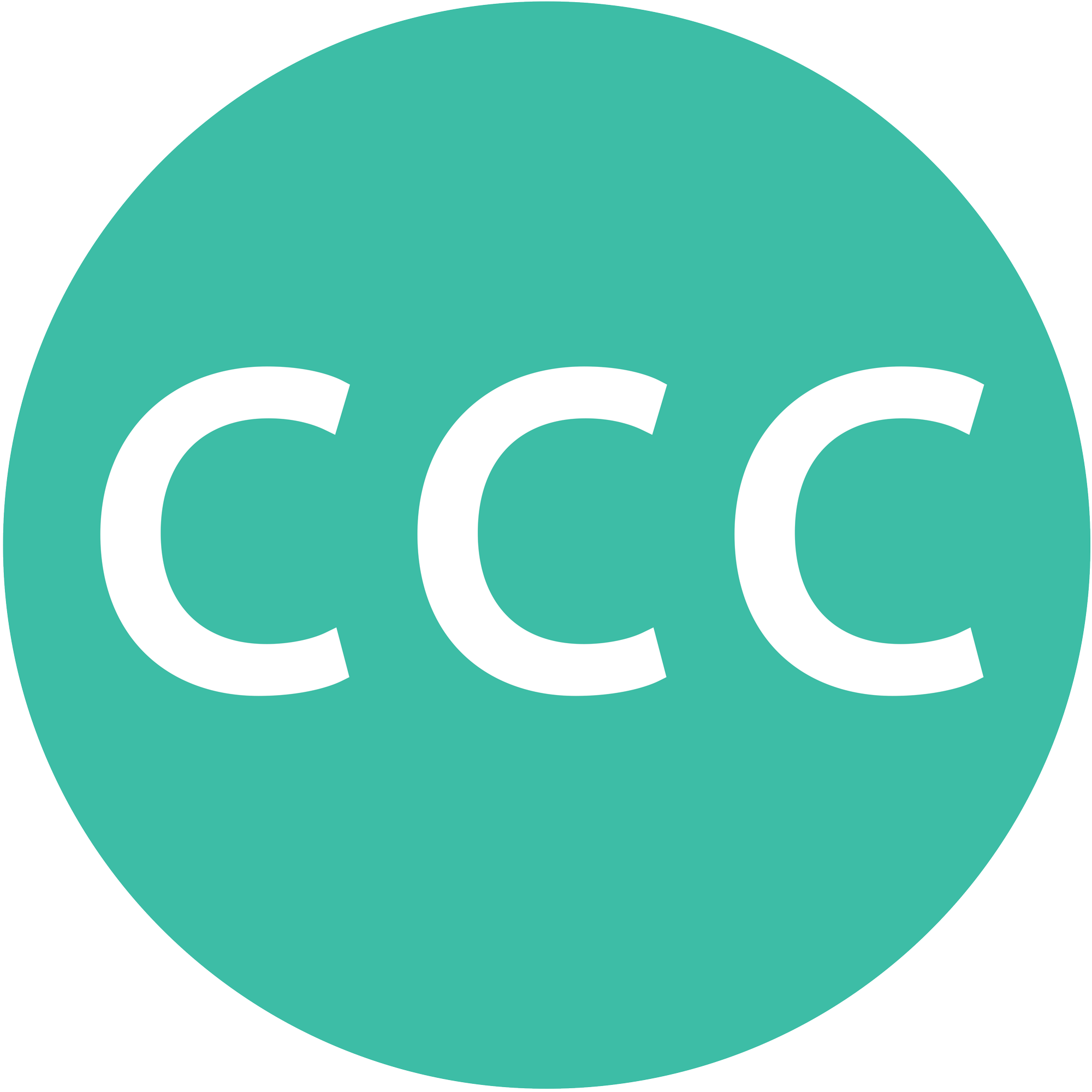Our readership is 0.1% of that of Heather Cox Richardson. That’s not exactly what I had in mind when I say I aspire to be the HCR for the 0.1% class!
In her daily letter, which usually arrives around 11pm, she does an extraordinary job of making sense out of the news of the day. It’s hard to decide whether to read her letter before going to bed or wait for morning because the news is more often than not disheartening. Take, for example, her highlighting conservative pundit William Kristol:
“Kristol warns that our democracy is in crisis. For the first time in our history, we have failed to have a peaceful transfer of power. The Republican Party launched a coup—which fortunately failed—and which ‘now claims that the current administration is illegitimately elected, the result of massive, coordinated fraud. The logical extension of this position would seem to be that the American constitutional order deserving of our allegiance no longer exists.’ ‘So,’ he notes, ‘we are at the edge of crisis, having repulsed one attempted authoritarian power grab and bracing for another.’”
This is a sharp reminder that the crisis isn’t over. And so, the Crisis Charitable Commitment continues to press the case that donors must continue to lean in.
I like that HCR will occasionally write to simply say she is taking the day off. I’m following suit today. But I don’t want you to go away empty-handed. Here’s a scaled down version of my Magnify Community interview. Magnify Community is a philanthropy innovation lab that informs and inspires Silicon Valley donors to invest more in the nonprofits that serve their community. It shares CCC’s goal to increase the level of charitable giving. Magnify’s CEO Catherine Crystal Foster conducted the interview.
So what was the activation point for you to launch the Crisis Charitable Commitment?
I’m a member of Solidaire, a progressive donor collective. People within Solidaire encouraged me to start spending down or spending out my foundation. I started thinking about that and then COVID hit. It made me decide to dramatically increase our funding for the year from $12 million to $17 million, which we did in less than 60 days, from March 10 to May 1. When we finished the process I felt like, “So what?” It was a drop in the bucket for what the crisis demanded, making me curious about what others were doing to respond.
Later that month, two major foundations—whose living founders each had $15 billion—hosted a fundraising call to announce a $170 million campaign and they were each putting in $10 million. I just spent an additional $5 million, but they have 100 times more money than we have?! This is not right! And that got me thinking about the whole field of philanthropy and what we all should be doing.
What’s the idea behind the Crisis Charitable Commitment?
It’s simple. Wealthy individuals and foundations and donor advised funds are sitting on a lot of money. We have a major crisis. We have to get that money out the door to help ameliorate the crisis. That was and is goal number one.
Goal number two is to find a way to measure whether someone is doing enough philanthropically. Really, we have no guidelines or benchmarks except for foundations, which legally need to give 5%, and unfortunately, foundations, for the most part, think of this as a ceiling, not a floor.
The macro idea was, “what would it take to double the amount of money going out the door?” So we set a charitable standard at roughly twice the historical average of giving. Now, we didn’t expect everyone to meet it, but at least we wanted to get the standard established and find out who is out there who is meeting it or would meet it. The Commitment sets a minimum charitable contribution percentage of assets for foundations [6-10%], donor-advised funds [10%], and ultra-high-net-worth individuals [1-5%].
What do you think gets in the way of donors giving more, especially younger and newly wealthy donors?
It’s habit. People are just not in the habit of giving. Income is what we spend, and wealth is what we hoard. Rich people are hoarders. It’s how they measure their self-worth. They don’t think about the fact that they’re sitting on excess wealth that they could tap into and give away.
Ultimately, it comes down to the question: when does someone feel secure? When you feel like you’ve taken care of your kids, and maybe your grandkids? We need to create a conversation about how people look at that and how much they can afford to give back.
What lies ahead for you?
I am going to establish the Excessive Wealth Disorder Institute. It’s research and advocacy, laser focused on ultra-high-net-worth individuals, the 0.1%. Coming right out of the box, the Institute will be supportive of changes in tax policy.
One of the questions we’ll be looking at is how do people think of their wealth? What prevents somebody with a billion dollars giving away $50 million so that maybe they are only then worth $950 million?
650 billionaires have made over $1 trillion since COVID hit. But their giving has barely increased. The crisis is not over. We’ve lost more than a million jobs in the nonprofit community. It’s going to be a rough haul. I want to see more money going out to the nonprofit community. It’s not just the responsible thing to do; it’s a reasonable thing to do. Philanthropists have to step up to the plate.
